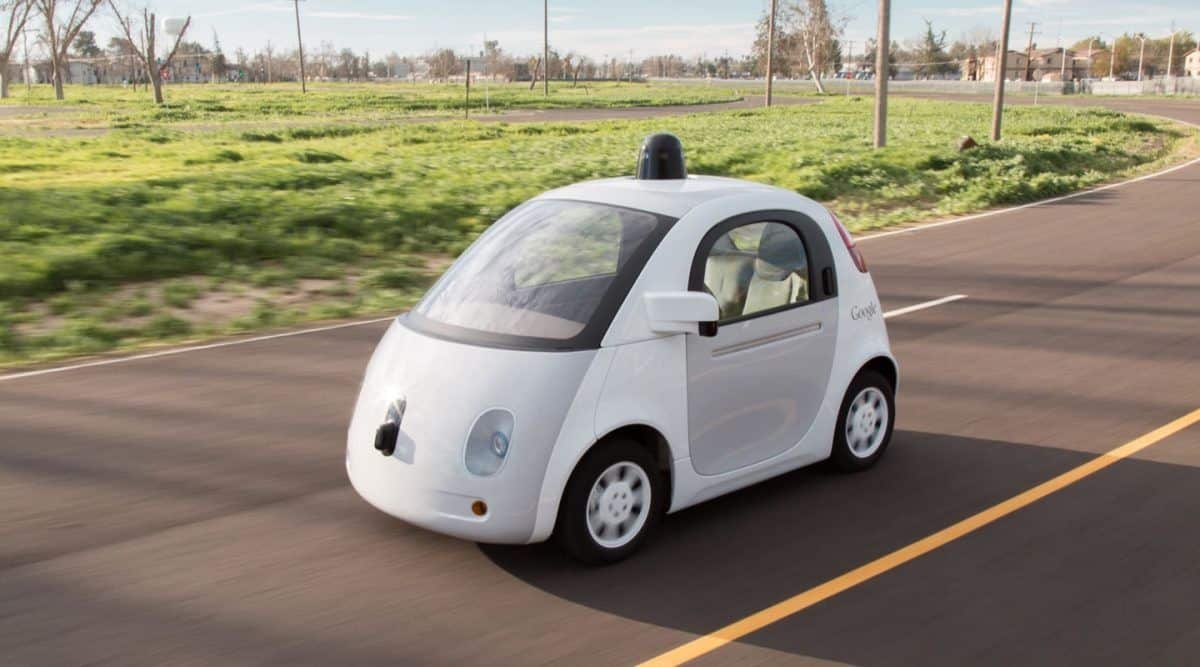Old Rocks
Diamond Member
They encourage people to charge at night because of the lesser use of electricity during that period. No problem charging during the day.They encourage people to charge through the night, tricky if you work night shift.
Follow along with the video below to see how to install our site as a web app on your home screen.
Note: This feature may not be available in some browsers.
They encourage people to charge at night because of the lesser use of electricity during that period. No problem charging during the day.They encourage people to charge through the night, tricky if you work night shift.
Just getting a grid out to areas like Southeastern Oregon with tremendous wind and solar potential would do the trick. Utilities would then rent space from the BLM and put wind and solar on the top of the horsts, and pay the government so much a MW to use their transmission lines.
Here's what's in the infrastructure bill as it nears a vote in the House
If the bipartisan infrastructure legislation is introduced in the House and passes, it will go to Biden's desk for a signature. Here's what's in it.www.usatoday.com
The legislation would fund $65 billion to rebuild the electrical grid, calling for expanding renewable energy, and invest in thousands of miles of new power lines.
Stupid. Yes, they will use grid scale battery storage. They will also use pumped hydro, and many other feasible methods.All the while ignoring how damaging battery production is on the environment. Not to mention there is no viable alternative renewable sources. The utter lack of forethought is ridiculous.
Look, dumb fuck, I retired at 76 as a millwright in a steel mill. Not exactly a sedentary occupation. Working nights? A good deal of the time I worked rotating 12 hour shifts, 4 days on, 3 1/2 off, 4 nights on, 4 1/2 days off. Except about half the time I worked an extra day or tow per rotation. You silly bastards seem to assume all liberals are employed as store clerks or work a McD's. Even in my last decade of work, I bet you could not have followed in my footsteps.The unemployed typically fail to realize that persons in nearly every industry and profession, from doctors to street sweepers, often work nights.
Reality is hard to grasp for people whose only occupation is 18 hours a day of PlayStation.
They will be doing it by 2025. And you will still be standing beside the road yelling "Get a horse".No, you can't. To run that amount of amperage would require a dedicated circuit. I can't remember the specifics, but you can't use a plug in system it must be hardwired. 240 volts, and based on multiple chargers at 7.5kwh minimum you would need a distribution node, hence the vault.
Obviously it has to be three phase, and the conduit underground must be at least 2 feet deep. Each charging point needs to be anchored otherwise if some nimrod backs into it you have a potential car lot full of bombs.
Like I said, it ain't easy. No city planner would approve it, you would also need to do an EIR, and the insurance premiums would be quite prohibitive.
What grid scale battery storage? Where is this pumped hydro? Pipe dreams, nothing more.Stupid. Yes, they will use grid scale battery storage. They will also use pumped hydro, and many other feasible methods.
Solar and wind are capable of supplying all the power we need. Lithium mining damaging to the environment? Ever look at the effects of mountain top coal mining? Tar sands mining? Methane emissions and damage to aquifers from fracking from natural gas? Your squawking stinks of rank hypocrisy.
seem to assume all liberals are employed as store clerks or work a McD'
BecauseSeriously....how funny is this?
No elaboration necessary....
UK Readying New Law Mandating Home EV Chargers Be Shut Down During Peak Hours | ZeroHedge
Hold my beer
SoLibs love EV's, not because of supposed lower emissions or carbon- (which by the way is just bullshit)- but because its easier to control the public because they control the electrical grid.
Remember and never forget, liberalism is based upon the concept that libs believe they can run your life better than you can. Telling other people what to do is the core principle of the ideology. Its just slavery with a smile- slavery of course being based upon the idea of someone telling someone else what to do.
Is there really a difference between a lib today telling someone to "wear that mask, get that vax" and a lib slave overseer telling someone to "pick that cotton, or row that boat"?
How much gas can you get from an empty pump?
Lots, called battery storage.Or electricity from a windmill when it's calm.
Or from solar at night.
What grid scale battery storage? Where is this pumped hydro? Pipe dreams, nothing more.
At the end of 2020, the United States had 1,117,475 MW—or about 1.12 billion kilowatts (kW)—of total utility-scale electricity generating capacity. So.... 27,091 MW of pumped hydro storage doesn't seem like much.View attachment 551899
Electrical Energy Storage (EES) refers to the process of converting electrical energy into a stored form that can later be converted back into electrical energy when needed.1 Batteries are one of the most common forms of electrical energy storage, ubiquitous in most peoples' lives. The first battery—called Volta’s cell—was developed in 1800. The first U.S. large-scale energy storage facility was the Rocky River Pumped Storage plant in 1929, on the Housatonic River in Connecticut.2,3 Research in energy storage has increased dramatically, especially after the first U.S. oil crisis in the 1970s, and resulted in advancements in the cost and performance of rechargeable batteries.2,4,5 The impact energy storage can have on the current and future sustainable energy grid is substantial.6
View attachment 551900
- EES systems are characterized by rated power in megawatts (MW) and energy storage capacity in megawatt-hours (MWh).7
- In 2020, the U.S. had over 24 GW of energy storage capacity compared to 1,124 GW of total installed generation capacity.8,9 Globally, installed energy storage capacity totaled 173.7 GW.10
- In 2021, 1,363 energy storage projects were operational globally with 11 projects under construction. 40% of operational projects are located in the U.S.10
- California leads the U.S. in energy storage with 215 operational projects (4.2 GW), followed by Hawaii, New York, and Texas.10
Pumped Storage Hydropower
Pumped storage hydropower (PSH) is a type of hydroelectric energy storage. It is a configuration of two water reservoirs at different elevations that can generate power as water moves down from one to the other (discharge), passing through a turbine.www.energy.gov
According to the 2021 edition of the Hydropower Market Report, PSH currently accounts for 95% of all utility-scale energy storage in the United States. America currently has 43 PSH plants and has the potential to add enough new PSH plants to more than double its current PSH capacity
you know what i mean...... these technologies evolve as the cost is accepted. I know I'll be driving a 50 yr old car when i croakUmmm…nobody is confiscating gas powered cars. They are just becoming obsolete
You are making shit up again
The present price for gasoline in Norway is $8.40 a gallon. That is $84 for a ten gallon tank. Hmmmmm...........Electricity prices for consumers will at one point hit $0.44 per kilowatt hour in Norway tomorrow.
That means it will cost $44 to charge a Tesla at home. That is an insane price. What's even the point of an electric car anymore?
Grid scale storage functions exactly as peaker plants do. They kick in when there is excess demand. And at a far lower cost than fossil fuel peaker plants. So if they reach 20% of the capacity of the base load, they will have enough to replace all the fossil fuel peaker plants.At the end of 2020, the United States had 1,117,475 MW—or about 1.12 billion kilowatts (kW)—of total utility-scale electricity generating capacity. So.... 27,091 MW of pumped hydro storage doesn't seem like much.
Would you agree with that Rogue AI ?
Damn. So, you took one spike and claimed it was what the householder in Norway pays for electricity. You are one dishonest SOB.Electricity prices for consumers will at one point hit $0.44 per kilowatt hour in Norway tomorrow.
That means it will cost $44 to charge a Tesla at home. That is an insane price. What's even the point of an electric car anymore?


 www.technocracy.news
www.technocracy.news


Except in this case they aren’t kicking in when there is excess demand but a decrease in renewable supply. Which means that you must over install capacity to meet demand and store surpluses which can be used later.Grid scale storage functions exactly as peaker plants do. They kick in when there is excess demand. And at a far lower cost than fossil fuel peaker plants. So if they reach 20% of the capacity of the base load, they will have enough to replace all the fossil fuel peaker plants.